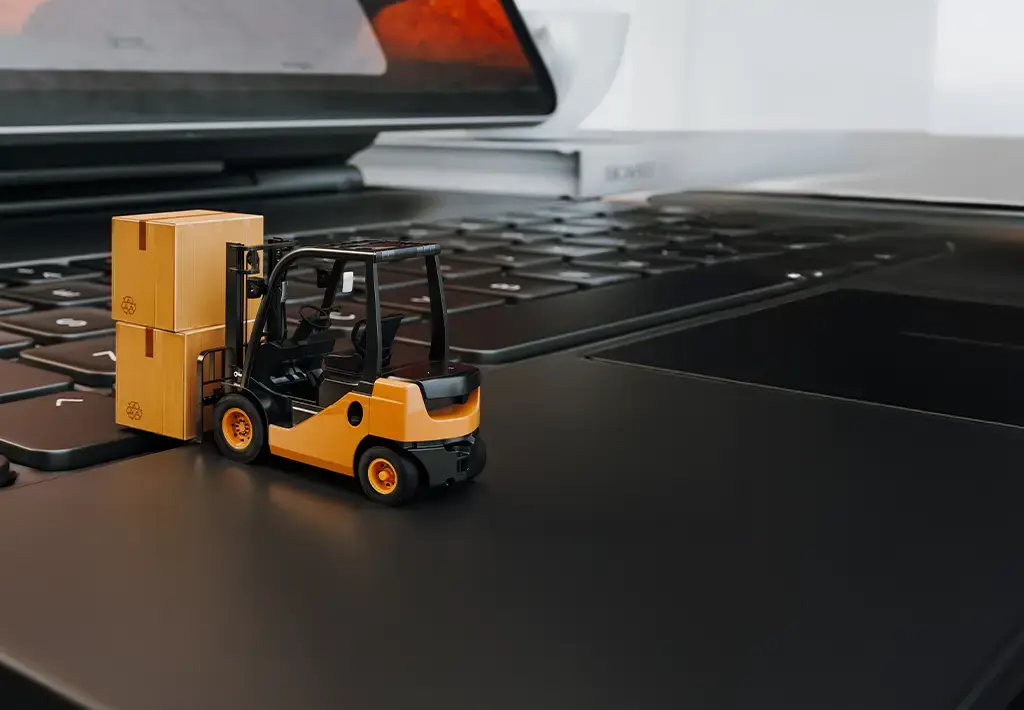To remain competitive, today’s supply chain organisations need modern, flexible and scalable systems. However, many still rely on legacy infrastructure, which, as it ages, poses growing security risks and compliance issues, making it a competitive disadvantage. These systems also have significant limitations, with 1 in 3 organisations finding that inadequate infrastructure performance and availability is the greatest factor preventing them from achieving higher success rates in their generative AI projects.
In supply chain organisations, modernisation presents a unique challenge – how does a firm modernise these systems without causing disruptions leading to downtime, data loss and customer impact? Shutdowns can eat up 1-10% of production time, and unplanned downtime can cost industrial manufacturers as much as $50 billion a year.
With these risks, upgrades and modernisation efforts must be strategically designed and managed to add value, ensure smooth operations and work towards a future-proof supply chain that can encourage business growth. In this article, we’ll explore key strategies for modernising supply chain systems that minimise disruption and risk.
Disruption-free modernisation matters
Supply chain systems are complex, interconnected and mission-critical. Any downtime or error during a modernisation effort can ripple across systems that directly impact a firm’s ability to deliver for their customers. For example, a single-day disruption in logistics visibility can delay hundreds of shipments and cost millions, leading to delayed updates and eroded customer loyalty.
With such potential risk, it's crucial to consider modernisation as a business transformation, rather than an IT upgrade. This process involves balancing technical upgrades with continuity, ensuring that innovation aligns with the business’s goals moving forward, without costing the success of operations today. Every system update must keep the business goals in mind, supporting seamless customer service, real-time inventory and resilient delivery.
Strategies for low-disruption modernisation
Low-risk modernisation begins with a thorough upfront analysis. By diving into business processes, code assets and infrastructure, organisations can get a clear understanding of a system’s pain points or where technical debt might lie. This is especially important in supply chain environments, where legacy transport management systems (TMS), warehouse management systems (WMS) and inventory databases are often stitched together through years of point-to-point integrations.
With this insight, a modernisation roadmap details gaps and opportunities while also ensuring operations continue with minimal disruption. This enables robust planning for an agile and iterative approach so that no critical business service is left unsupported at any point.
Once ready to begin modernising, supply chain organisations benefit from transforming monolithic legacy applications into newer architectures such as modular microservices. In a situation like this, each module handles a specific business capability, such as billing, inventory, updates, etc. This is ideal for organisations that serve multiple business functions that evolve at different speeds.
In a freight forwarding context, for example, this could mean separating modules for quoting, booking, shipment tracking and invoicing, so improvements to one area (like customer-facing status updates) don’t disrupt backend pricing logic or customs documentation processes. With these self-contained modules, each service can be updated or scaled without affecting others, allowing for more frequent upgrades. This approach enables businesses to replace pieces of a legacy system incrementally, helping to localise risk and reduce disruption.
With modular components, organisations can also take an encapsulation approach to further minimise risk, isolating the legacy system and enclosing it within microservices or an API that acts as a translator.
Cloud migration forms a part of many modernisation programmes, helping to unify fragmented and siloed data. However, a wholesale move to the cloud can be challenging for established supply chain firms due to dependencies and downtime risk. A hybrid, gradual transition to the cloud, while adopting cloud-native design moving forward, helps to modernise with minimal impact on daily operations.
Throughout the process, it’s crucial to consider how emerging technology such as AI will be embedded into the transformed core. With many supply chain firms targeting predictive maintenance, demand forecasting or automated customer service, modernisation efforts must align with these future goals.
Partnering for an automated, low-disruption approach
Modernising legacy systems goes beyond reducing technical debt to set the foundations for future growth and resilience in pursuit of business goals and competitive advantage. In today’s competitive market, it’s more important than ever to have technology that can support faster fulfilment, improved customer satisfaction and lower operational costs. Ultimately, a modern digital core equips supply chain leaders with the agility to respond to disruption and pursue new revenue streams.
Choosing the right partner for a successful modernisation program is crucial. Our approach is built on a business and engineering-led, value-oriented strategy and has been proven with more than 100 clients around the world. By combining industry experience and deep system insights with tools that identify risks early, we minimise manual effort and maintain efficiency throughout the process.
Our process involves Agentic AI Virtual SMEs, with which we have created a continuously evolving, interactive knowledge base. This ensures that the transformation teams have access to critical insights throughout the analysis, planning and execution phases, improving the agility of the process and enabling better outcomes.
By integrating these new capabilities into our established approach, we can accelerate transformation timelines, reduce risks and deliver more targeted, high-impact outcomes.
Learn more about our innovative supply chain solutions on our industry page or visit Dava.X to find out more about our approach to core modernisation.



